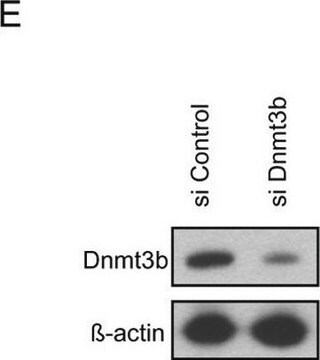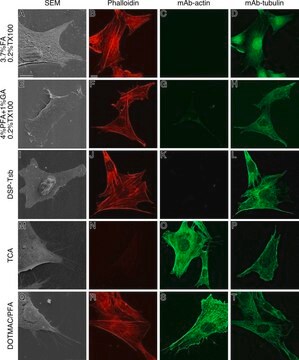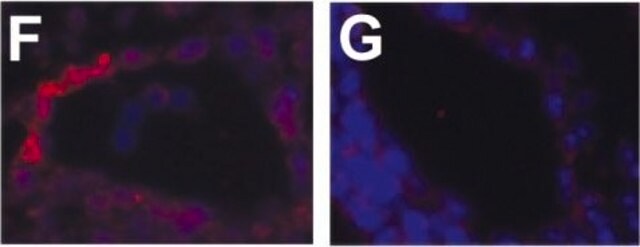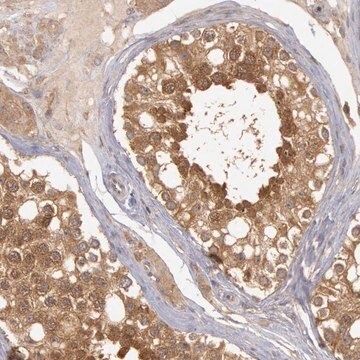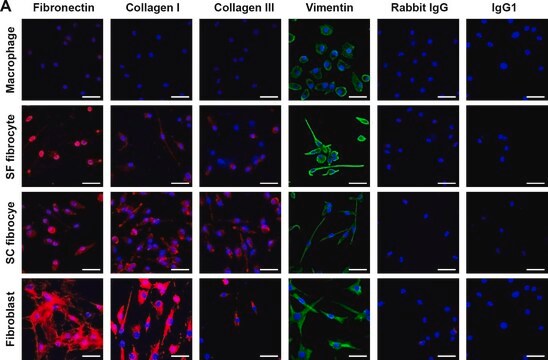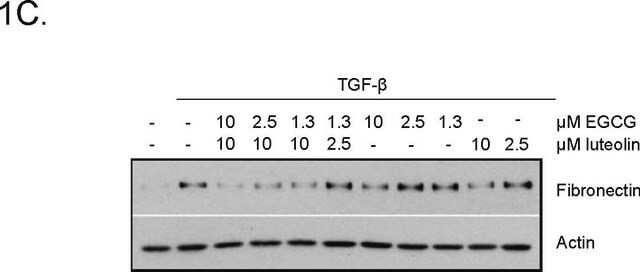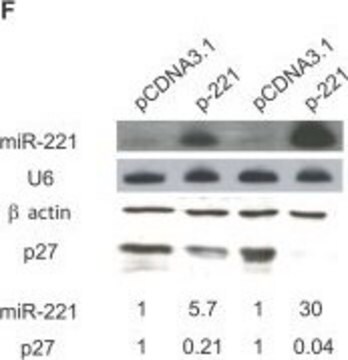SAB5600047
Anti-BRAF (V600E) antibody, Rabbit monoclonal
recombinant, expressed in HEK 293 cells, clone RM8, purified immunoglobulin
Sinónimos:
Anti-B-RAF1, Anti-B-raf, Anti-BRAF-1, Anti-BRAF1, Anti-NS7, Anti-RAFB1
About This Item
Productos recomendados
recombinante
expressed in HEK 293 cells
Nivel de calidad
forma del anticuerpo
purified immunoglobulin
tipo de anticuerpo
primary antibodies
clon
RM8, monoclonal
recombinant monoclonal
Formulario
buffered aqueous glycerol solution
reactividad de especies
human
concentración
~1 mg/mL
técnicas
ELISA: 0.5-2 μg/mL
immunoblotting: 0.5-2 μg/mL
immunocytochemistry: 0.5-5 μg/mL
immunohistochemistry: 0.5-5 μg/mL
isotipo
IgG
Nº de acceso NCBI
Nº de acceso UniProt
Condiciones de envío
wet ice
temp. de almacenamiento
−20°C
modificación del objetivo postraduccional
unmodified
Información sobre el gen
human ... BRAF(673)
Categorías relacionadas
Descripción general
Especificidad
Inmunógeno
Acciones bioquímicas o fisiológicas
Características y beneficios
Forma física
Cláusula de descargo de responsabilidad
¿No encuentra el producto adecuado?
Pruebe nuestro Herramienta de selección de productos.
Código de clase de almacenamiento
10 - Combustible liquids
Clase de riesgo para el agua (WGK)
WGK 2
Punto de inflamabilidad (°F)
Not applicable
Punto de inflamabilidad (°C)
Not applicable
Elija entre una de las versiones más recientes:
¿Ya tiene este producto?
Encuentre la documentación para los productos que ha comprado recientemente en la Biblioteca de documentos.
Nuestro equipo de científicos tiene experiencia en todas las áreas de investigación: Ciencias de la vida, Ciencia de los materiales, Síntesis química, Cromatografía, Analítica y muchas otras.
Póngase en contacto con el Servicio técnico